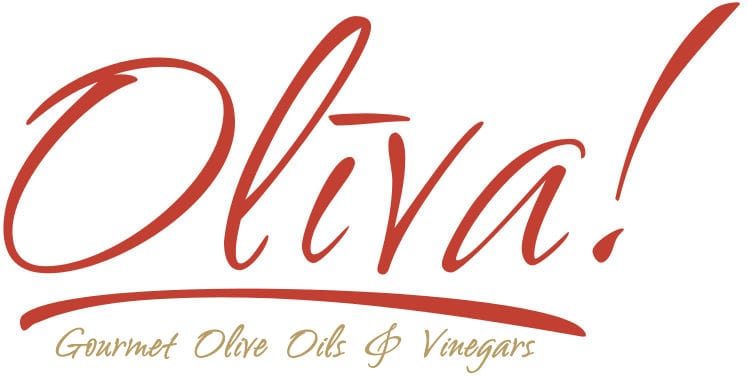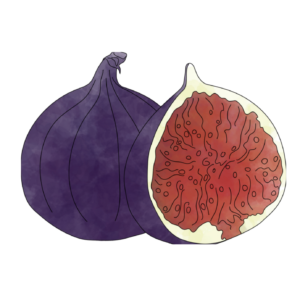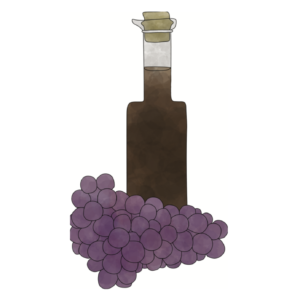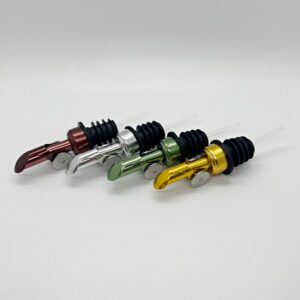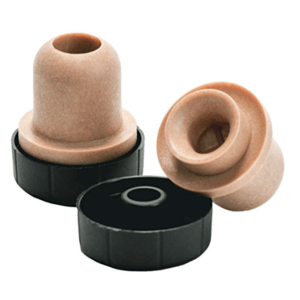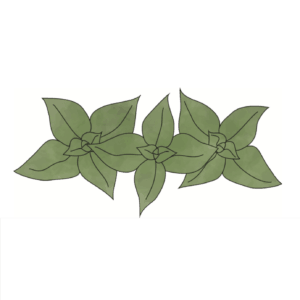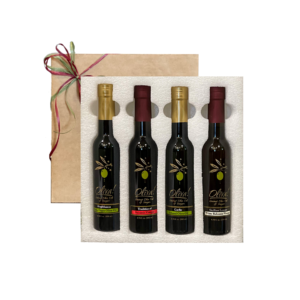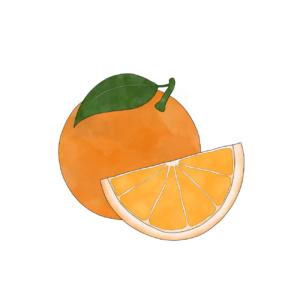Description
It should be noted that high levels of Oleocanthal and Oleacein present important biological activity and have been related with anti-inflammatory, antioxidant, cardioprotective and neuroprotective activity!
The Oleocanthal and Oleacein measured in this Kalamata are noticeably higher than average values. Specifically, 258.8ppm out of 547.9ppm is measured to be Oleocanthal. That’s 47.2% which is extremely high. This EVOO is a super anti-inflammatory antioxidant powerhouse.
Daily consumption of 20g of the analyzed olive oil provides 32.52mg of hydroxytyrosol/tyros. Oils that contain more than 5mg per every 20g belong to the category of oils that protect the blood lipids from oxidative stress, according to Regulation 432/2012 of the European Union.
Needless to say, this EVOO is extremely healthy for you, mentally and physically.
Oliva! Greek Kalamata Extra Virgin Olive Oil contain no additives, no chemicals, & no preservatives. All are from the most recent harvest.
Chemistry Breakdown
Biophenols (Antioxidant like substances naturally occurring in EVOO) – Phenols extend shelf life and determine the ‘style’ of the oil in terms of bitterness and pungency. Generally, the higher the biophenols, the more ‘pepper’ and ‘bitterness’.
DAGS (Diacylglycerol) – Indicates the age of the olive oil. An EVOO should have a DAGs content of 85% of higher. The higher the score, the fresher the oil. DAGs will drop 20-30% per year depending on storage conditions and FFA. They are highly influenced by heat, but not light.
FFA (Free Fatty Acid) – Indicates the condition of the fruit at the time of the crush. An oil must range from 0.0 – 0.8 (8%) to be considered Extra Virgin. A low FFA is desired, and means the amount of time between the harvest and the crush was minimal. In addition: the lower the FFA, the higher the smoke point.
Oleic Acid (Mono-Unsaturated Omega-9 Fat) – The higher the percentage, the better resistance to oxidation. Higher levels help keep it fresher for longer, preventing the formation of per-oxidized (rancid) fats.
PV (Peroxide Value) – Measurement of rancidity by exposure to oxidation, light and heat. The PV must be equal or less than 20 and is responsible for color and aroma changes as the oil oxidizes. A low PV is always desired.
